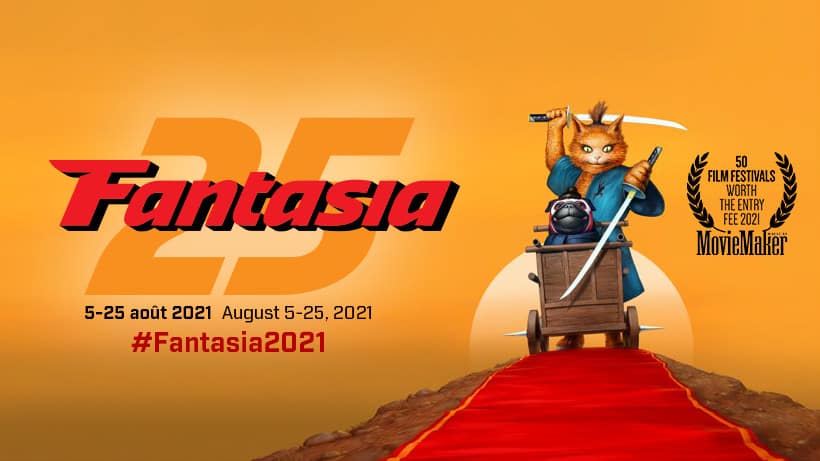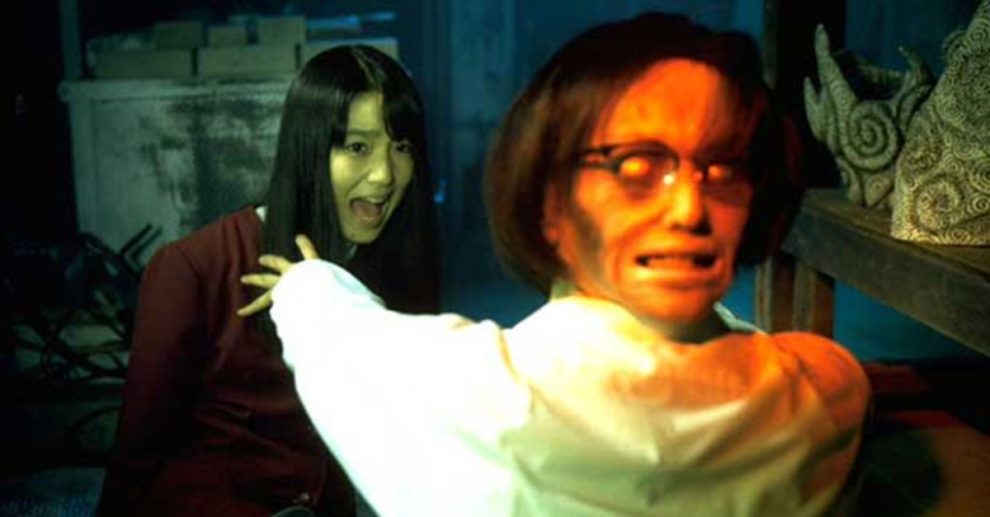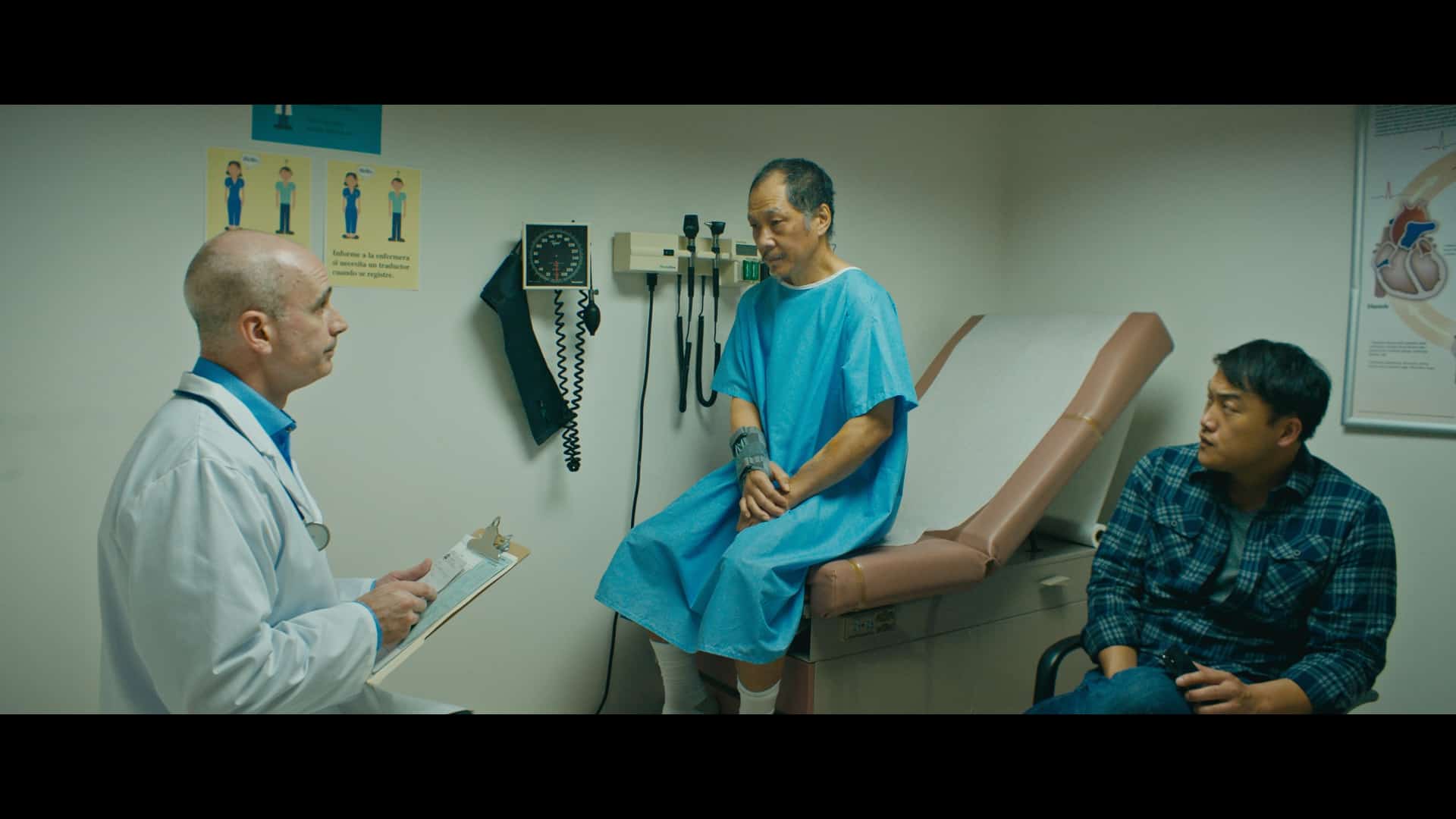In the early 2000s, when the era of J-horror was reaching its peak, there were already many features which changed the formula or diverted from the tropes of a genre which, by that time, had become a little too predictable. Whereas the works of Kiyoshi Kurosawa had been known for their uniqueness, showing strange worlds and characters instead of being “only” horror movies, there were also odd entries such as “Uzumaki, directed by Akihiro Higuchi, better known as Higuchinsky. With regard to the original manga by Junji Ito, the director explained how he was much more interested in the changed the uzumaki (“spiral”) ignited in people and places, turning a familiar environment into something quite strange and weird, which is precisely the atmosphere we wanted to capture in his adaption. As a result, “Uzumaki” is a true oddity within J-horror, with a focus on atmosphere rather than scares, making it a feature which many fans of the genre have yet to discover for themselves.
Uzumaki is screening at Fantasia Film Festival

Even though she has spent all of her life in the small town of Kurouzu-cho, lately her surroundings seem to have changed in the eyes of high school student Kirie Goshima (Eriko Hatsune). While at first she thinks it is due to her now attending high school, her friend Shuichi (Fhi Fan) also describes noticing many strange events, starting with his father's (Ren Osugi) strange obsessions with spirals. Indeed, Toshio has collected many items, from paintings to shop-signs containing spirals or something similarly shaped, and spends most of his days looking at them inside the family home, estranging his wife and his son, who try to find answers for this odd behavior. However, as Toshio`s obsession becomes deadly, culminating in his suicide, this marks only the beginning of a series of similar events.

As Kirie and Shuichi observe their classmates and more of their family members getting caught up in the same obsession with spirals as Toshio, their once peaceful hometown becomes a place of danger and death, which even attracts the media. Realizing the curse on their town, their families and friends is perhaps unstoppable, the two teenagers see only two options: to give into the obsession which is already affecting most of the town or search for a way to escape.
In general, “Uzumaki” is best described when seen as a tale about a world spiraling out of control (pun unintended). Many have compared Higuchinsky's movie to Richard Kelly's “Donnie Darko”, another horror tale whose plot involving time travel as well as concept of fate and destiny, at its core is also a deeply thoughtful portrayal of the changes a young person has to cope with when he/she becomes more independent. Both features follow the same themes, emphasizing a strong sense of disenchantment with the limitations of their environment and a feeling of alienation with their parents and friends. During the course of the movie, Kirie and especially Shuichi seem increasingly more active and capable than those around them, sensing a need to act rather than wait for the inevitable to happen.
Thus, the spiral becomes a symbol for a never-ending cycle, bringing one back to the point where you started. While also expressing the need to be at the center of attention, Takao Niita's script, along with Gen Kobayashis's beautiful cinematography, highlight the idea of stasis, of not going anywhere to which death, of course, marks the ultimate standstill. Apart from the concept of the uzumaki being omnipresent in the town and the homes of the characters, it also seems to mirror the architecture, for example, when Kirie wanders the maze-like streets only to get back to where she started. As an addition to the manga, Higuchinsky seemingly wants to confuse his viewer, delving deeper and deeper into the feelings of disorientation of the main characters, and their quest to escape.
In the end, “Uzumaki” is more like a blend of horror and coming-of-age-story, which may require multiple viewings. Higuchinsky has managed to create a cryptic feature about growing up and the growing sense of disenchantment and irritation that goes with it.















